Premium Only Content

The Tapes the Supreme Court Did Not Want You to Hear: The Most Significant Oral Arguments (1993)
The Tapes the Supreme Court Did Not Want You to Hear: The Most Significant Oral Arguments (1993)
The Subversive Activities Control Board (SACB) was a United States government committee to investigate Communist infiltration of American society during the 1950s Red Scare.[1] It was the subject of a landmark United States Supreme Court decision of the Warren Court, Communist Party v. Subversive Activities Control Board, 351 U.S. 115 (1956), that would lead to later decisions that rendered the Board powerless.[2]
It was organized on November 1, 1950, under authority provided in the McCarran Internal Security Act.[3] The original 5 members of the panel were Seth W. Richardson of Washington, D.C., the Board's Chairman,[4] along with Peter Campbell Brown of New York, Charles M. LaFollette of Indiana, David J. Coddaire of Massachusetts, and Dr. Kathryn McHale of Indiana.[5] Mr. Brown later served as Chairman in 1952 and 1953.
The SACB was empowered to order the registration of organizations that it found to be "Communist fronts", "Communist action" groups or "Communist infiltrated" groups:[6]
(e) It shall be the duty of the Board-
(1) upon application made by the Attorney General under section 13(a) of this title, or by any organization under section 13(b) of this title, to determine whether any organization is a Communist-action organization within the meaning of paragraph (3) of section 3 of this title, or a Communist-front organization within the meaning of paragraph (4) of section 3 of this title; and
(2) upon application made by the Attorney General under section 13(a) of this title, or by any individual under section 13(b) of this title, to determine whether any individual is a member of any Communist-action organization registered, or by final order of the Board required to be registered, under section 7(a) of this title.
In carrying out this mandate, the SACB was a leader in the U.S. government's response to the Red Scare. The SACB's proceedings were thorough and methodical. Hundreds of witnesses testified and were cross-examined by defense lawyers. The decisions and findings of the SACB were subject to judicial review.
In 1955, President Dwight D. Eisenhower appointed former Arkansas Governor Francis Cherry as SACB director. The appointment was continued by Presidents John F. Kennedy and Lyndon B. Johnson. However, , the 1965 U.S. Supreme Court Albertson v. Subversive Activities Control Board case eliminated the SACB's authority to enforce Communist registration requirements.
The Subversive Activities Control Board would be officially abolished by Congress in 1972.[7]
https://en.wikipedia.org/wiki/Subvers...
The Supreme Court of the United States (SCOTUS) is the highest court in the federal judiciary of the United States. It has ultimate appellate jurisdiction over all U.S. federal court cases, as well as over state court cases that involve a point of federal law. It also has original jurisdiction over a narrow range of cases, specifically "all Cases affecting Ambassadors, other public Ministers and Consuls, and those in which a State shall be Party."[2] The court holds the power of judicial review, the ability to invalidate a statute for violating a provision of the Constitution. It is also able to strike down presidential directives for violating either the Constitution or statutory law.[3] However, it may act only within the context of a case in an area of law over which it has jurisdiction. The court may decide cases having political overtones but has ruled that it does not have power to decide non-justiciable political questions.
Established by Article Three of the United States Constitution, the composition and procedures of the Supreme Court were initially established by the 1st Congress through the Judiciary Act of 1789. As later set by the Judiciary Act of 1869, the court consists of the chief justice of the United States and eight associate justices. Each justice has lifetime tenure, meaning they remain on the court until they die, retire, resign, or are removed from office.[4] When a vacancy occurs, the president, with the advice and consent of the Senate, appoints a new justice. Each justice has a single vote in deciding the cases argued before the court. When in majority, the chief justice decides who writes the opinion of the court; otherwise, the most senior justice in the majority assigns the task of writing the opinion.
The court meets in the Supreme Court Building in Washington, D.C. Its law enforcement arm is the Supreme Court Police.
-
 LIVE
LIVE
Barry Cunningham
3 hours agoV.P.J.D. VANCE AND SEC OF WAR PETE HEGSETH GIVE REMARKS AT U.S. MARINES 250TH ANNIVERSARY
10,900 watching -
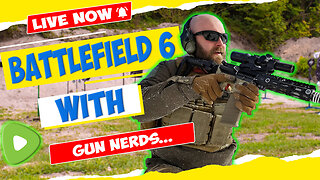 LIVE
LIVE
Tundra Tactical
4 hours ago $5.10 earned🛑{LIVE NOW!!} The Great Tundra Nation Gun Show!!!! Presented By MGS Trade School
837 watching -
 4:35:07
4:35:07
Right Side Broadcasting Network
4 days agoLIVE: VP Vance Attends the U.S. Marine Corps 250th Anniversary Celebration - 10/18/25
34.8K38 -
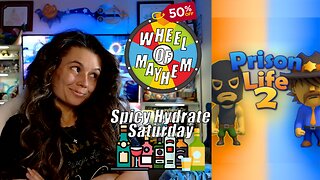 LIVE
LIVE
Mally_Mouse
20 hours ago🔥🍺Spicy HYDRATE Saturday!🍺🔥-- Let's Play: Prison Life 2
96 watching -
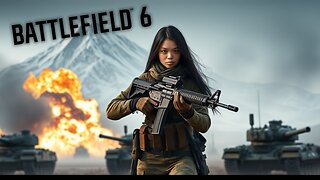 LIVE
LIVE
Pepkilla
2 hours agoBattlefield 6 SMG Camo Grind
67 watching -
 14:22
14:22
Exploring With Nug
9 hours agoThe River Exposed a Secret That No One Was Supposed to See!
14.1K1 -
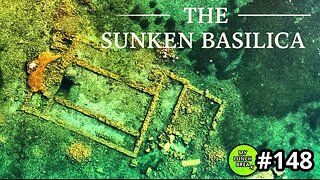 23:23
23:23
MYLUNCHBREAK CHANNEL PAGE
10 hours agoThe Sunken Basilica
68.9K5 -
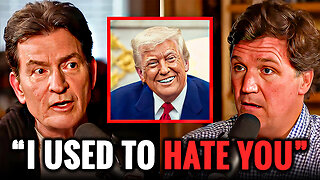 8:05
8:05
Hollywood Exposed
1 hour agoCharlie Sheen STUNS Tucker Carlson With His Shocking Political Confession
62 -
 LIVE
LIVE
SavageJayGatsby
1 hour ago🔥 Spicy Saturday – Let's Play: Prison Life 2🔥
38 watching -
 30:02
30:02
The White House
1 hour agoVP JD Vance Delivers Remarks at 250th Anniversary Celebration for the United States Marine Corps
8.35K13